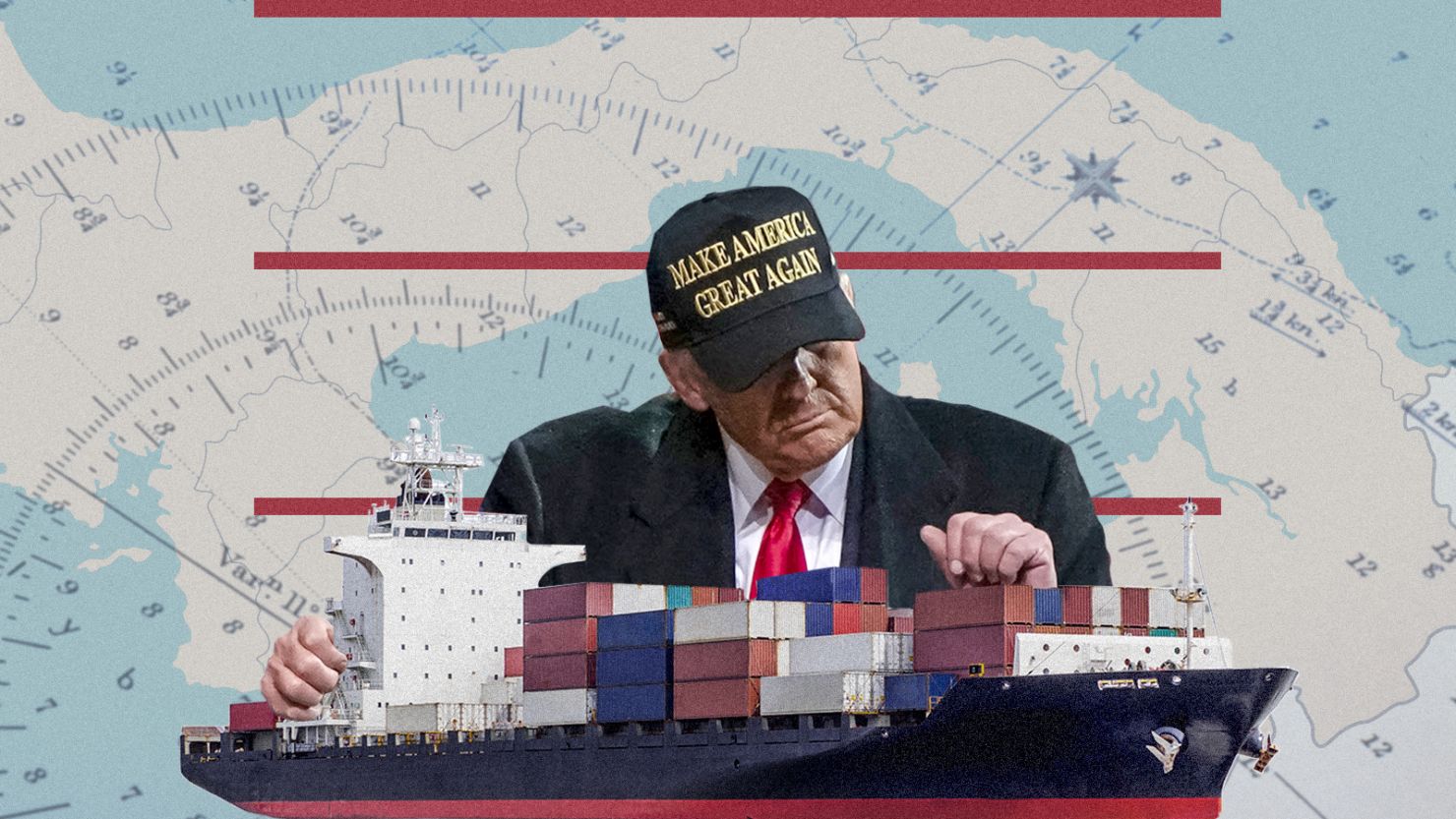An influential global organization has issued a stark warning: the US is heading for a sharp economic downturn. As markets wobble and indicators flash red, the warning is stirring concern across industries, households, and policymakers alike.
The latest report, published by the Organisation for Economic Co-operation and Development (OECD), paints a sobering picture. Despite recent hopes for a soft landing, the group says mounting economic pressure makes that increasingly unlikely.
What’s Driving the Economic Downturn?
At the heart of the warning is a mix of high interest rates, slowing consumer demand, and weakened global trade. While inflation has cooled from its peak, the Federal Reserve’s extended rate hikes have begun to choke off credit availability. Businesses are holding back on investment, and consumers—hit by higher borrowing costs and still-high prices—are spending more cautiously.
The OECD notes that the labor market, while still relatively strong, is starting to show cracks. Job openings are declining, wage growth is slowing, and more workers are taking on multiple jobs to make ends meet.
Global Implications of a US Economic Downturn
Because the US economy is so deeply entwined with global trade and finance, a sharp downturn won’t stay contained within American borders. A slowdown in the US can reduce demand for exports from Asia and Europe, unsettle emerging markets, and heighten volatility in currency and commodities markets.
Markets are already reacting. Wall Street has seen increased swings in recent weeks, and analysts say risk-averse investors are moving capital into safer assets like gold and Treasury bonds.
Policy Uncertainty Isn’t Helping
The OECD also flagged concerns over Washington’s fiscal direction. Ongoing debates over federal spending, tax policy, and debt sustainability are adding fuel to uncertainty. If political gridlock returns—as it often does—it could delay necessary policy interventions or make them less effective.
Meanwhile, business leaders are left guessing. Should they prepare for a recession? Or will the Fed ease off just in time? The lack of clear forward guidance has made strategic planning a gamble.
What This Means for Everyday Americans
For most people, a sharp economic downturn means tighter budgets, fewer job opportunities, and higher stress over savings. The cost of living remains elevated, and any drop in economic activity could hit the most financially vulnerable the hardest.
The takeaway? Pay attention. The warning signs aren’t just academic. The US is heading for a sharp economic downturn, and the ripple effects could reshape daily life and long-term financial planning for millions.



